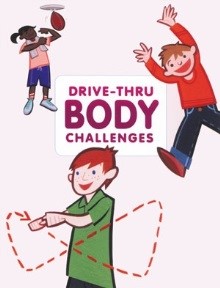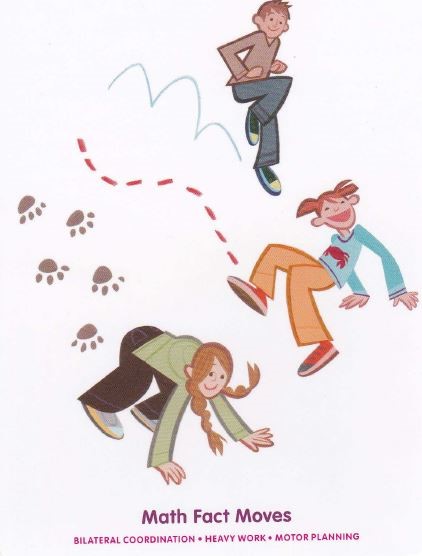Marble painting combines abstract art and bilateral coordination—a winning combination! Bilateral coordination refers to the action of using the right and left sides of your body together in a smooth and efficient manner. Babies develop bilateral coordination first by stabilizing an object such as a pail while filling it with sand (From Rattles to Writing: A Parent’s Guide to Hand Skills by Barbara A. Smith, MS, OTR/L). When someone has difficulty with bilateral coordination, they can have difficulty with daily tasks. Think of everything you do using both sides of your body together; Dressing, tying shoes, buttoning, drawing, writing, catching and throwing, even crawling and walking. Therapro’s free marble painting activity challenges participants to guide marbles across the page, building bilateral coordination, fine motor control, and sensory integration through vibrant, hands-on play. See below for all the steps.
You will need:
- Finger-paints
- Paper
- Marbles
- Cardboard Box top, Large Shoe Box, or back of frame.
Process
- Tape the paper to the inside of the box, or frame.
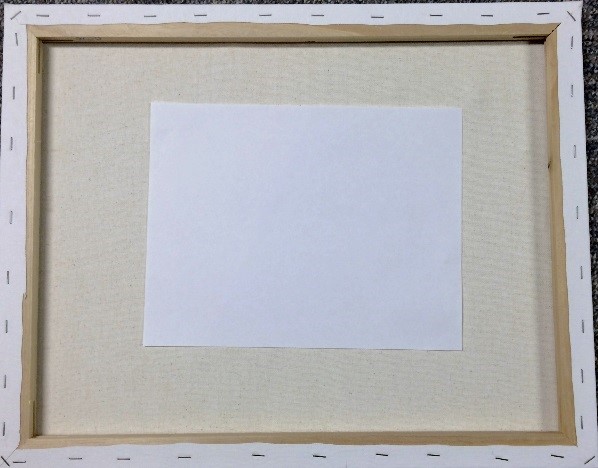
- Place a dollop of paint on either side of the paper. I used 4 colors.
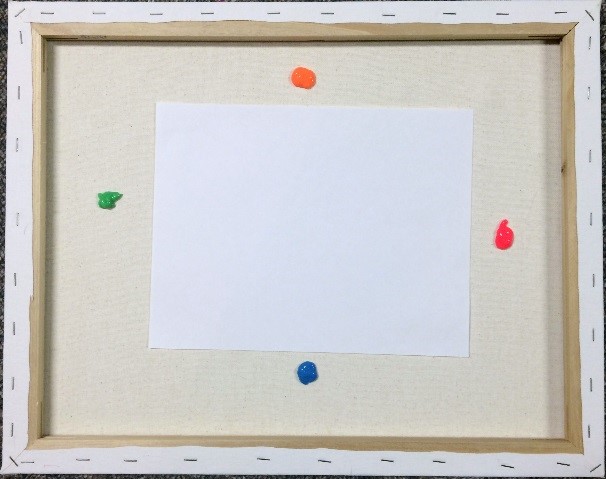
- Place a marble on each dollop of paint.
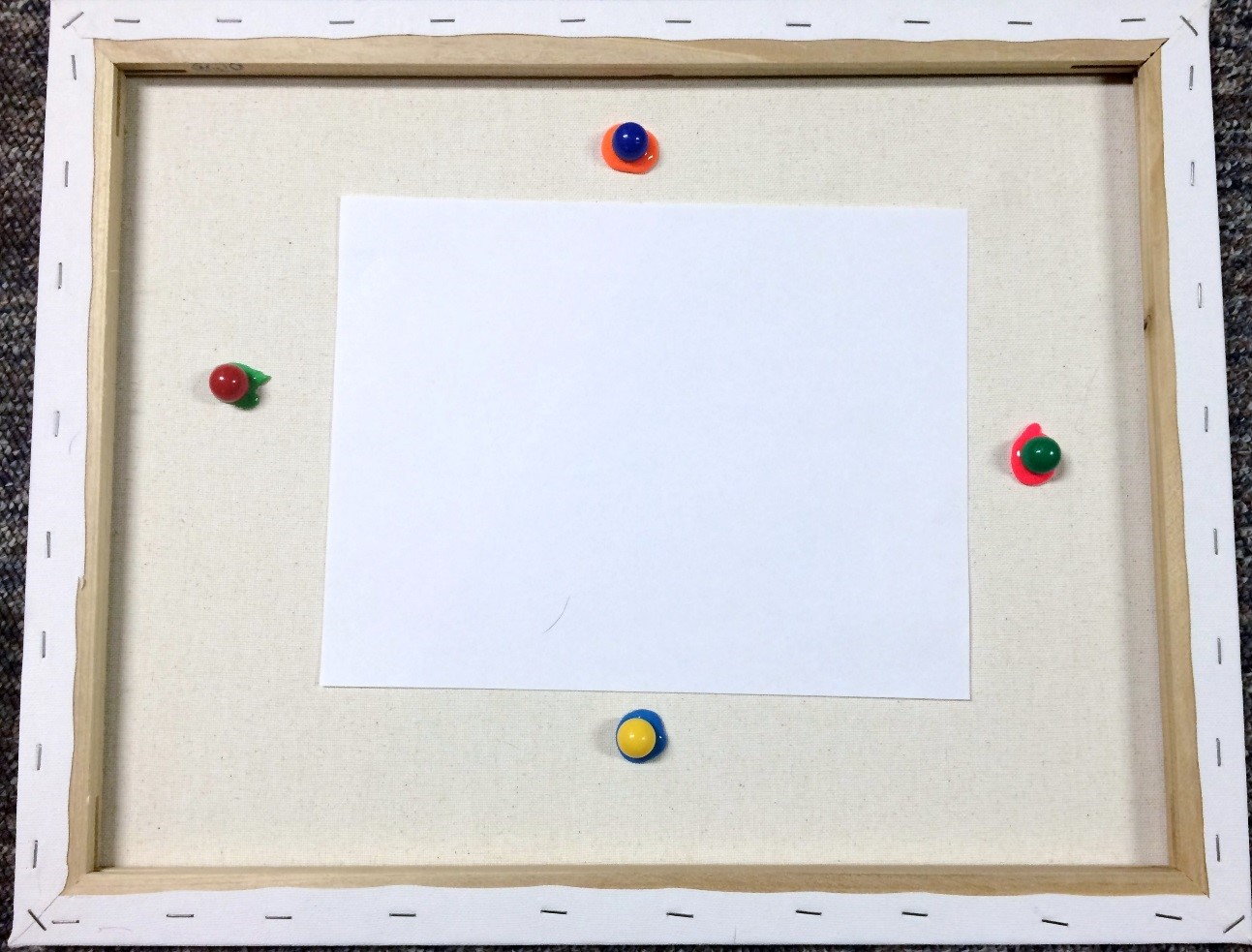
- Using both hand hold the box and move the marbles over the paper.
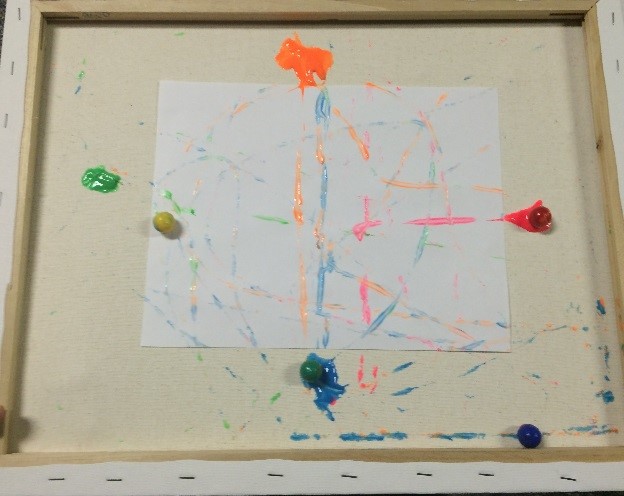
- Continue to move the marbles until the paper is covered with paint or you are satisfied with the design.
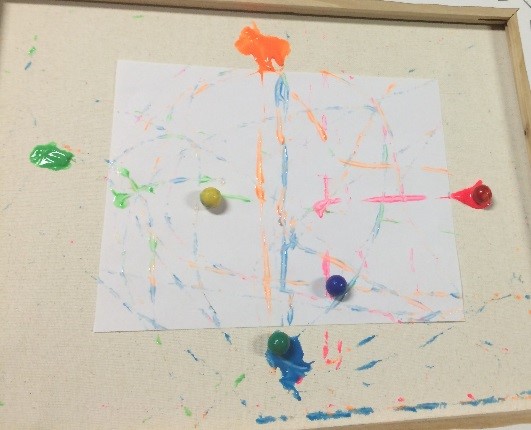
- Remove paper and set aside to dry.
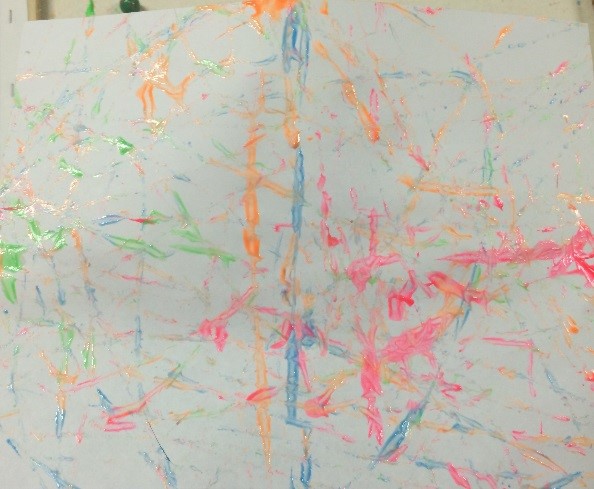
- Start all over again- See how many marbles you can use.
Other Ideas
- This is a great activity for anyone who does not like to get messy, as they really don’t have to finger paint. They are just moving marbles around in a box.
- Have 2 children do the activity, each child holds one side of the box.
- Use different-sized marbles.
- Use more or fewer colors.
- Change the placement of the paint.
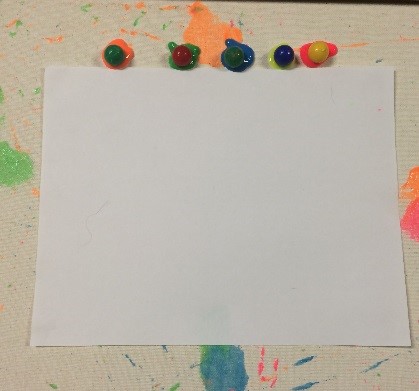
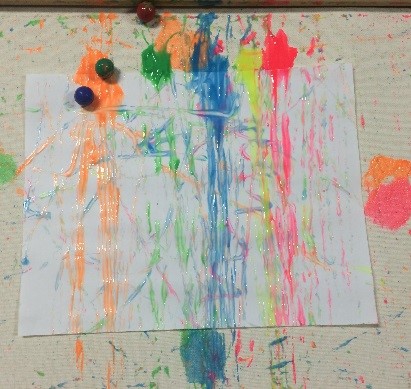
Send us a picture of your Marble Painting, or post it on Facebook, Pinterest or Twitter with the hashtag #Therapro
Ready to elevate hand skills and bilateral coordination even further? Explore Therapro’s Fine Motor & Hand Skill Development page for a comprehensive collection of tools, activities, and resources designed to support therapy goals and empower learners of all ages. Discover more at Therapro Fine Motor & Hand Skill Development.
Guest Blogger: Diana V. Mendez-Hohmann

